Intro
Discover the ins and outs of MRI scans with our comprehensive guide. Learn what an MRI is, how it works, and what to expect during the procedure. From magnetic fields to radio waves, well break down the technology behind MRI imaging, and explore its applications in medical diagnosis and treatment. Get informed about MRI safety, preparation, and benefits.
Magnetic Resonance Imaging, commonly referred to as MRI, is a non-invasive medical imaging technique that has revolutionized the field of diagnostics. With its ability to produce detailed images of the internal structures of the body, MRI has become an essential tool for doctors to diagnose and treat a wide range of medical conditions. If you're scheduled to undergo an MRI scan or simply want to learn more about this technology, here are five things you need to know.
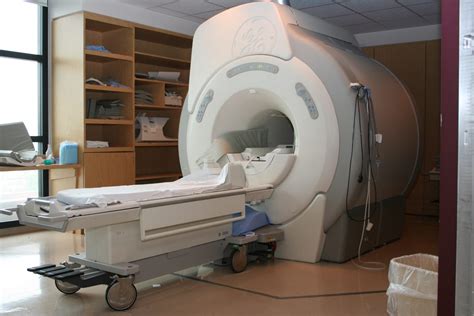
What is MRI and How Does it Work?
MRI uses a combination of strong magnetic fields, radio waves, and computer technology to produce detailed images of the internal structures of the body. The process begins with the patient being placed inside a large, cylindrical machine that contains a strong magnetic field. Hydrogen atoms in the body respond to this magnetic field, aligning themselves with the magnetic force. When radio waves are applied, these aligned hydrogen atoms absorb and emit energy, which is then detected by the MRI machine and used to create detailed images of the body's internal structures.
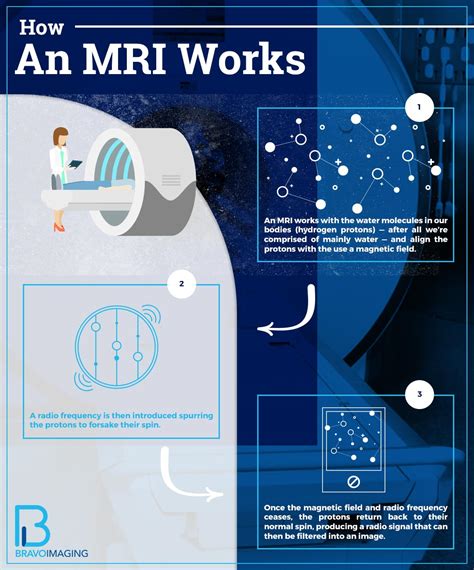
Types of MRI Scans
There are several types of MRI scans, each with its own unique applications and benefits. Some of the most common types of MRI scans include:
- Functional MRI (fMRI): Measures changes in blood flow to map brain activity.
- Magnetic Resonance Angiography (MRA): Creates detailed images of blood vessels and arteries.
- Magnetic Resonance Cholangiopancreatography (MRCP): Creates detailed images of the bile and pancreatic ducts.
- Cardiac MRI: Creates detailed images of the heart and its blood vessels.
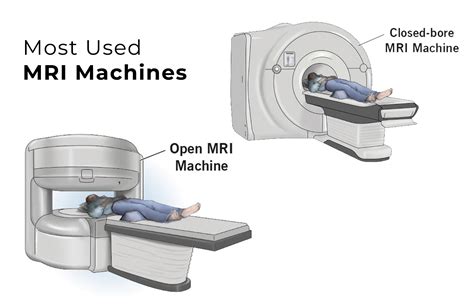
What to Expect During an MRI Scan
If you're scheduled to undergo an MRI scan, here's what you can expect:
- Preparation: You'll be asked to remove any metal objects, such as jewelry or glasses, and change into a hospital gown.
- Positioning: You'll be placed inside the MRI machine, which may be noisy and claustrophobic.
- Scan: The MRI machine will take detailed images of your body, which may take anywhere from 15 to 90 minutes.
- Results: Your doctor will review the images and discuss the results with you.
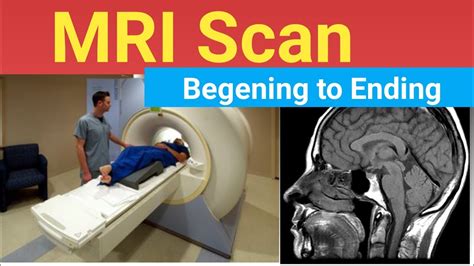
Risks and Side Effects of MRI Scans
While MRI scans are generally safe, there are some risks and side effects to be aware of:
- Claustrophobia: The MRI machine can be noisy and claustrophobic, which may cause anxiety or discomfort.
- Metal objects: Metal objects, such as pacemakers or implants, may be affected by the strong magnetic field.
- Gadolinium: The contrast agent used in some MRI scans may cause allergic reactions or kidney damage.

Benefits of MRI Scans
MRI scans offer several benefits, including:
- High-resolution images: MRI scans produce detailed images of the body's internal structures.
- Non-invasive: MRI scans are non-invasive, meaning they don't require surgery or insertion of instruments into the body.
- Diagnostic accuracy: MRI scans can help diagnose a wide range of medical conditions, from joint and muscle disorders to cancer and neurological disorders.
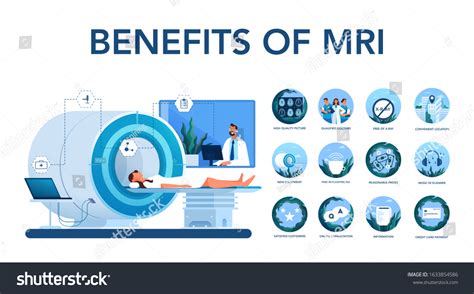
In conclusion, MRI scans are a powerful diagnostic tool that can help doctors diagnose and treat a wide range of medical conditions. By understanding how MRI scans work, the different types of scans available, and what to expect during the scanning process, you can feel more confident and prepared for your next MRI scan.
We hope this article has provided you with valuable insights into the world of MRI scans. If you have any questions or comments, please feel free to share them below.
What is MRI?
+MRI stands for Magnetic Resonance Imaging, a non-invasive medical imaging technique that uses strong magnetic fields, radio waves, and computer technology to produce detailed images of the internal structures of the body.
How does MRI work?
+MRI uses a combination of strong magnetic fields, radio waves, and computer technology to produce detailed images of the internal structures of the body. Hydrogen atoms in the body respond to the magnetic field, aligning themselves with the magnetic force. When radio waves are applied, these aligned hydrogen atoms absorb and emit energy, which is then detected by the MRI machine and used to create detailed images of the body's internal structures.
What are the benefits of MRI scans?
+MRI scans offer several benefits, including high-resolution images, non-invasive procedures, and diagnostic accuracy. MRI scans can help diagnose a wide range of medical conditions, from joint and muscle disorders to cancer and neurological disorders.
